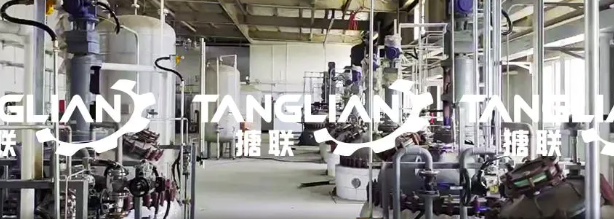Industry news
Glass lined reactor bottom glaze
The glaze of enamel glass is divided into bottom glaze and top glaze. So, what is the difference between the bottom glaze and the top glaze in the enamel production process? Today, let the glass lined reactor manufacturer take you to understand the basic situation of the bottom glaze. The quality of the base glaze can be summarized from the following aspects.
① Bond strength: Especially at low temperatures, foreign base glazes emphasize low-temperature adhesion. Poor adhesion strength can cause the base glaze to fall off and explode.
② Scale explosion tendency: The bottom glaze layer has many micropores and strong resistance to scale explosion. Oxides that can produce gases enter the base glaze. Refractory components such as sodium carbonate, molybdate, silicon oxide, and zirconia can increase the micropores and permeability of the bottom glaze layer.
③ Reboiling temperature: Reboiling is exposed to the surface of ceramics in the form of bubbles. After firing and cooling at a certain temperature, the second firing time is extended compared to the first to observe changes in the number and size of bubbles. Bubbles are dense and large, with a serious tendency to boil again.

④ Bubble temperature: refers to the temperature at which gas is produced most violently during the firing of the base glaze. The corresponding viscosity of the enamel of the glass lined reactor is 105Pa - s, and the foaming is not obvious, indicating that the exhaust performance of the bottom glaze is good.
⑤ Bubble structure: A reasonable structure with pore volume, uniform distribution, bubble size, porosity<10%, small and evenly distributed bubbles.
⑥ Expansion coefficient: The expansion coefficient of the steel plate is around 13x10-6/℃, and the expansion coefficient of the base powder is controlled above 9.5x10-6/℃.
⑦ Firing range: The firing range is wide, and the quality of the base glaze is good, which can overcome defects such as copper head and local burning during the firing process.
⑧ The rheological properties of glass lined reactor glaze slurry include suspension and retention.
Categories
News
Contact Us
E-mail: service@chinareactor.com
Add: Hongshan Town Industrial Park, Chongzheng Road, Zichuan District, Zibo City, Shandong Province